Outdoor classroom grants are playing an important role in funding safe in-person learning during the pandemic.
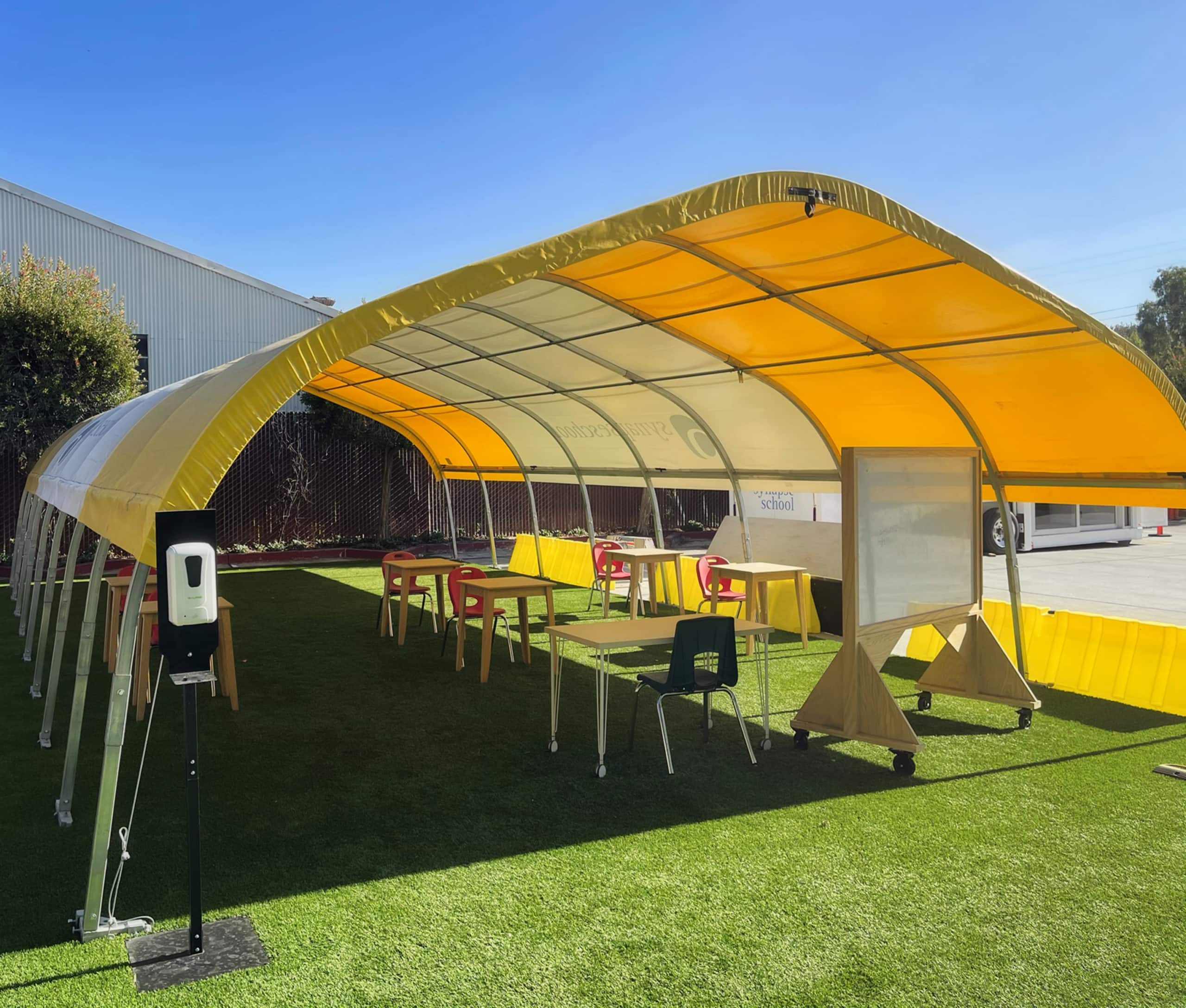

Outdoor classroom grants are playing an important role in funding safe in-person learning during the pandemic.
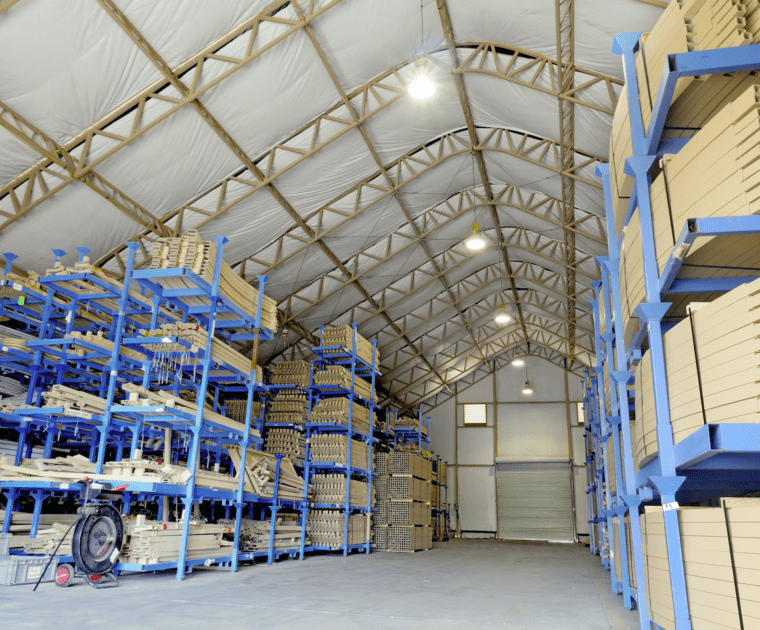
Learn about the different modular building applications for construction projects, heavy engineering, power plants and other facilities. These extremely durable and portable engineered fabric structures offer the versatility and cost-effectiveness required for these types of projects.
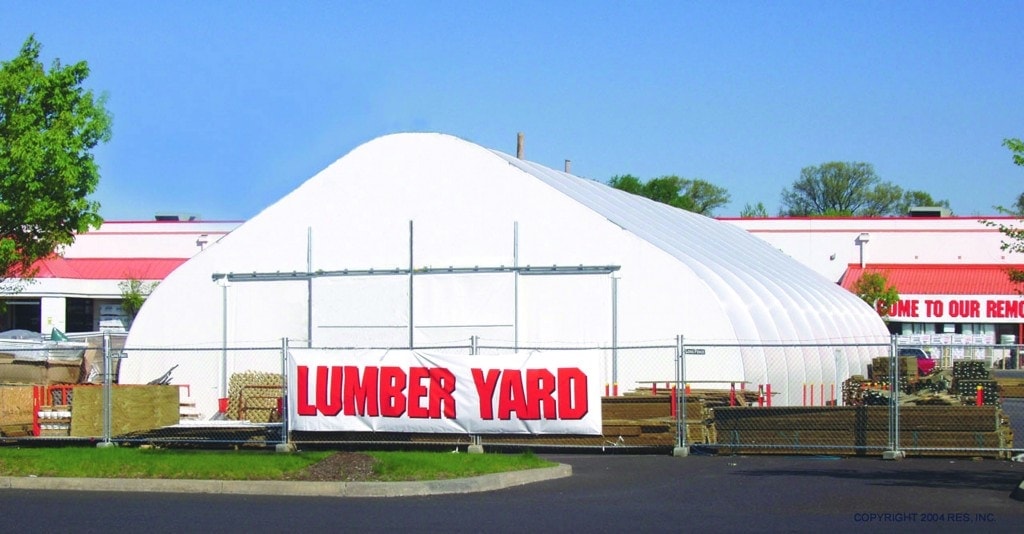
Economic growth in the United States economy in the manufacturing sector will lead to a greater need for commercial storage facilities. As manufacturing production increases more goods will need a safe storing place. You may need a commercial warehouse for your business to store your goods while your outputs increase. You may consider using a fabric structure for your warehouse since they are often cheaper to build than traditional brick-and-mortar structures. WeatherPort® offers a huge variety of storage systems to meet your specific needs.
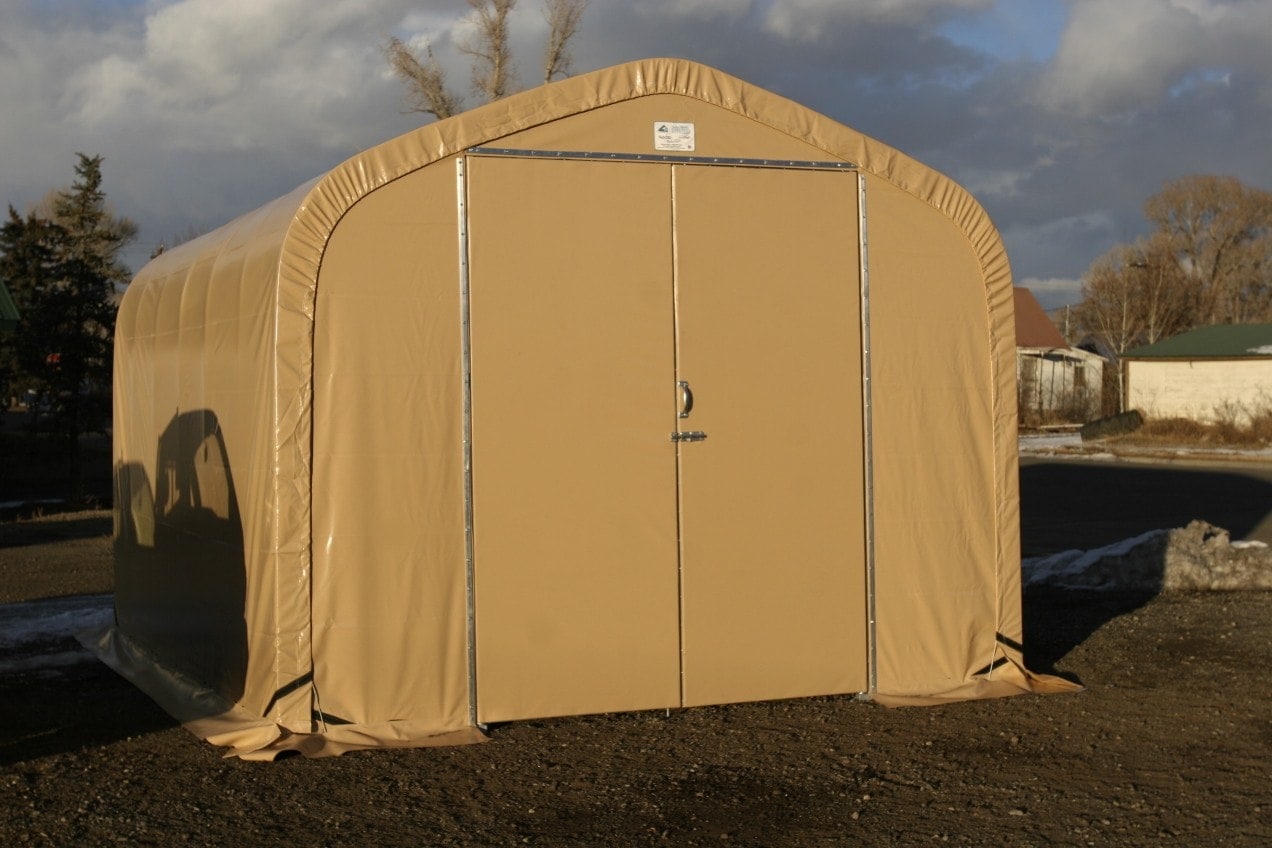
The self-storage industry is booming with almost 11 million households renting self-storage units in the United States in 2013. The cost of renting a unit isn’t always the most economical for households. A 10ft by 10ft unit costs $115 dollars on average a month, and on average people use units for two years. Without paying for any extra features like climate control, after the two years, you will spend around $2800. An alternative to renting storage space is to buy your own storage unit. WeatherPort® makes fabric structures you can use to store your belongings. They can have insulation, HVAC systems, and more optional features to best protect your things.

Review considerations for expanding or building summer camps and the best solutions for summer camp buildings.
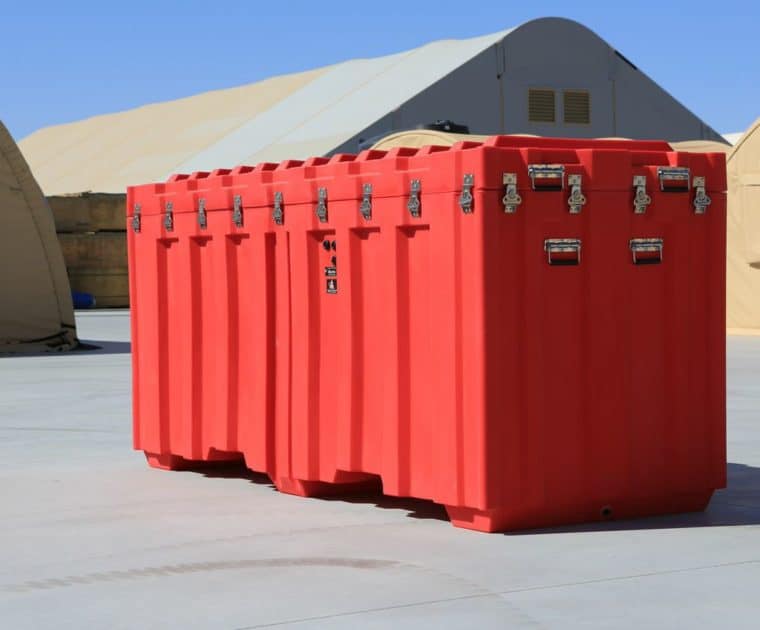
In addition to high-performance fabric buildings, Alaska Structures also makes shipping containers to help facilitate fast, easy shipments.

Engineered fabric buildings from Alaska Structures offer mining companies many cost-saving advantages and a versatile multipurpose design.
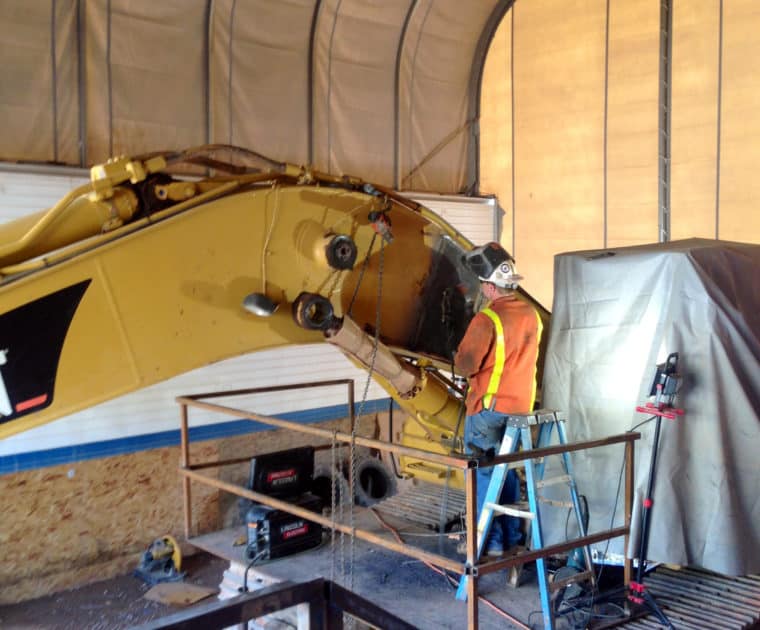
With the current inflation, heavy equipment storage and maintenance is more critical than ever. Protect your investment from the high costs of wear-and-tear and exposure with on-site facilities from durable and long-lasting fabric structures.

Outdoor time is essential to students’ well-being and education. Learn how to increase outdoor time for students with playground shelters.

To continue producing safe drinking water, municipalities should consider modern fabric building solutions.

One of the major expenses of college athletic programs are the university’s athletic facilities, indoor facilities can be especially costly. Universities have options to keep costs low when building indoor athletic facilities, including fabric athletic facilities. For example, Colorado Mesa University uses a fabric building for their indoor sports training facilities. More colleges and universities should consider using fabric buildings because they are less expensive than traditional construction, offer the same quality as traditional buildings, are portable, and adjustable. Fabric buildings also allow schools with smaller budgets to have quality indoor facilities which boost the morale of student athletes.

Alaska Structures’ tensile fabric structures are engineered for extreme weather conditions to support research facilities in inclement weather.